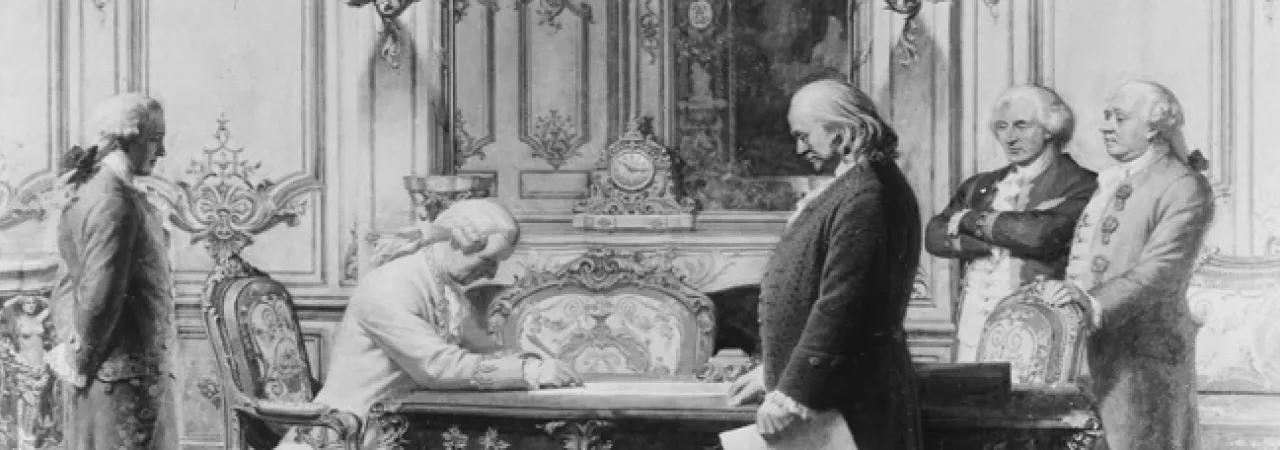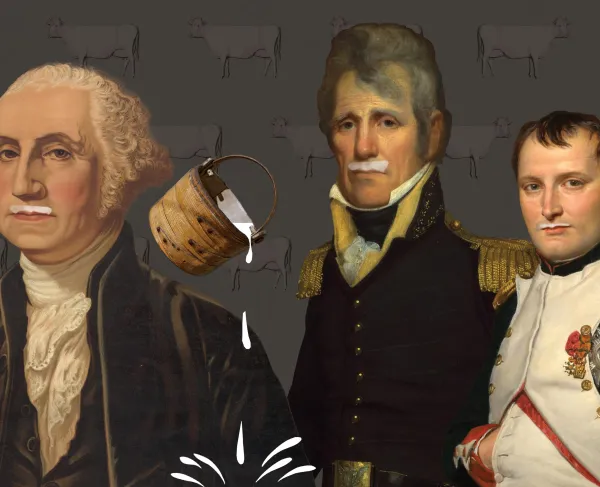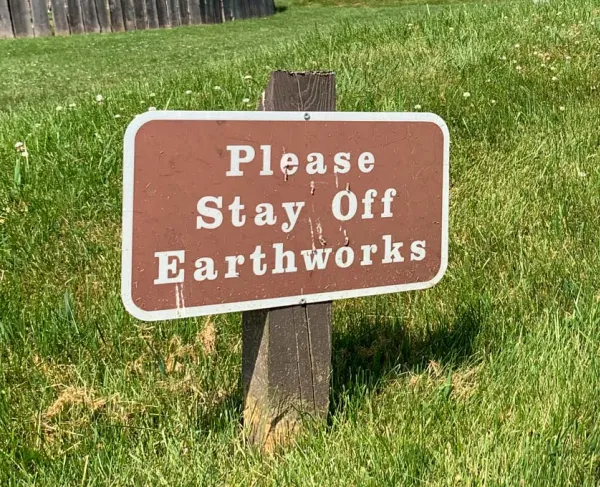The French-American Alliance during the Revolutionary War had a timeline before and after the documents were signed in February 1778.
The Treaty of Paris, signed in 1763, officially ended the French and Indian War, a conflict that utilized the colonies and continued the centuries-long feud between Great Britain and France. The war caused massive debts, and Britain taxed the American colonies to relieve the financial burden. Despite American resistance and protest for representation, the British continued to charge the colonies and place restrictive laws to suppress the colonies. After years of heightened tension through events like the Stamp Act, the Boston Massacre, and the Boston Tea Party, the first official shots of the American Revolution were fired at Lexington and Concord on April 19, 1775.
1776
As the colonial military continued to fight, the Second Continental Congress met in Philadelphia to make plans for the colonies. Recognizing the British military's size and experience versus the small but determined colonial militias, representatives recognized the urgency of receiving outside financial and military aid. Early this year, diplomat Silas Deane traveled to Portugal and France to represent American interests to the European power. France, a longtime opponent of Britain, might be willing to support the American Revolution with military and financial support to curb England's colonial power. Officially France still waited on the sidelines, but noblemen and ministers took a personal interest in the revolution for liberty. The Declaration of Independence in July 1776 formally presented the American states' intentions to create a separate nation, giving additional political interest for a Franco-American alliance. Encouraging interest in the American war continued to rise in France. However, the king and his ministers remained officially aloof, waiting for better military successes before formally committing to an alliance that would take France into a war with Britain.
1777
Throughout 1777, the Continental Army achieved victories, causing the French monarchy to take more interest in the conflict. Admiral Latouche Treville, quietly sent cannons, guns, uniforms, and other supplies, to the American cause. On June 13, 1777, the Marquis de Lafayette arrived in America and joined the Continental Army as a major general, despite King Louis' wishes. Lafayette proved highly beneficial to the army and persuaded American leaders that an official alliance between the colonies and France would create mutual benefit. The French monarchy still needed a decisive victory before officially agreeing to a treaty of alliance. In the autumn of 1777, an American army, under the command of Horatio Gates, participated in one of the most decisive combats of the American Revolution: The Battles of Saratoga. The American troops successfully prevented British General John Burgoyne’s force from taking the Hudson River Valley. On October 17, after negotiations, Burgoyne's army surrendered. Impressed by the Patriots’ resistance to Britain, France agreed to sign a formal Treaty of Alliance with the Americans. On December 3, Benjamin Franklin arrived in France to join Silas Deane and Arthur Lee to negotiate and write the official alliance treaties.
1778
In early 1778, Benjamin Franklin, Silas Deane, and Arthur Lee began negotiations with the French government's Conrad Alexandre Gérard de Rayneval. The Franco-American Alliance Treaty agreed that neither country would stop fighting with Great Britain until independence was granted. In addition to the alliance, France signed the Treaty of Amity and Commerce, creating an official trade network with the colonies. Due to a previous alliance treaty with France, the American colonies now had Spain as an ally in the American Revolution. French Admiral Comte d’Estaing left France in the summer of 1778 with 12 ships of the line, five frigates, and 4,000 soldiers. As the French sailed toward the colonies, the war continued between the colonist and Great Britain. After the Battle of Monmouth, New Jersey, on June 28, American troops moved toward Newport, Rhode Island. When the French reinforcements arrived, Washington ordered a joint siege between American General John Sullivan and the French on Newport. As Sullivan prepared for an attack, he was notified of Continental troop reinforcements from Lafayette. The plan for the joint attack on the British included French admiral Comte d'Estaing. Newport is located on Aquidneck Island, and Sullivan suggested that American forces attack from the east while French forces would launch their assault from the west to isolate British forces located on Butt’s Hill on the northern end of the island during the battle; the Americans and the French fought hard together against Sir Robert Pigot’s troops. Although the victory was inconclusive, the first joint attack between the Americans and the French was a success.
1779
In January 1779, Lafayette left the colonies and returned to France to request more troops and ships for the American cause. While Lafayette was away, Washington was in contact with the French minister, Chevalier de la Luzerne. The pair met at West Point on September 16 to discuss how French troops would be mobilized and the upcoming plans for the 1780 campaign in the south. As plans are being made for future attacks, d'Estaing and his fleet sail south to Georgia to help the Continental Army regain Savannah. On September 16, the American and French troops surrounded British-occupied Savannah. 3,000 French and 2,000 American soldiers surrounded the city and fired with naval bombardments and on-the-ground artillery. The British repealed the army during the attack, and the Allies lost 1,000 men. The British suffered only 150 casualties. An hour after leading his forces forward, d’Estaing called off the attack, recognizing its futility. The French commander sailed away a week later, leaving Lincoln behind and the Franco-American Alliance strained.
1780
The Continental and British armies continued to fight over the strategic ground; the French government listened to Washington’s and Lafayette's requests. Comte Rochambeau left France with 6,000 troops with artillery and ships for Washington’s Army. Landing in Newport, Rhode Island, on July 11, Rochambeau and Washington quickly began corresponding with each other to plan a direct attack on British Commander Charles Cornwallis. Washington wanted to keep his men north near New York, but intelligence showed Cornwallis and his men were in South Carolina and was planning to move north. As Cornwallis moved north towards North Carolina and Virginia, he left small units in the south to fight the Americans.
1781
As Cornwallis continued moving north, British and American troops fought in North and South Carolina. In March 1781, Cornwallis and his men entered Virginia and established temporary command in Petersburg. Hearing about the British in Virginia, Washington sent Lafayette first from Philadelphia to peruse, and Washington and his men would follow. After receiving intelligence of Cornwallis’ plan to move to Yorktown and utilize the York River for supplies, American and French military leaders decided on a joint siege. The goal was to completely surround Cornwallis and restrict British resources, forcing him to surrender. With Lafayette in Virginia, Washington, and Rochambeau moved towards Yorktown. On September 5, French and British ships met in the Chesapeake Bay and fired upon each other. The two-hour battle played a decisive victory during the Siege of Yorktown. With the French fleet victorious, the British were forced to turn around and take Cornwallis's supplies and aid with them. As the British became low on supplies, they quickly became surrounded by Washington and Rochambeau's troops. During the Battle of Yorktown, the French and American Armies worked together and successfully defeated the British. On October 19, 1781, General Lord Charles Cornwallis surrendered 7,000 British soldiers to the Continental Army after a crushing defeat at the Battle of Yorktown. When news of Lord Cornwallis’s surrender reached Great Britain, Prime Minister Lord Frederick North, the 2nd Earl of Guilford, seized “as he would have taken a ball in his breast” and exclaimed, “Oh, God! It is all over!
1782
Even though the American Revolution was over in the United States, France, and Spain continued to fight the British over land in the Caribbean and for European dominance. Anglo-American negotiations began in early 1782 and concluded in October and November, leading to the official meeting in Paris the following year.
1783
The Treaty of Paris was signed on September 3, 1783, in Paris, France. Representatives from the new American government, France, Britain, and Spain were in attendance. The American peace delegation went behind Vergennes’s back and dealt directly with the British. Benjamin Franklin, John Adams, John Jay, and Henry Laurens negotiated a preliminary treaty with Great Britain in a separate peace negotiation. The treaty officially recognizes the United States as an independent country and requires a peaceful withdrawal of British troops. In addition to independence, the United States gained territory west of the Mississippi and fishing rights in Newfoundland. In return, the United States government stopped the seizure of Loyalist property. The official treaty gave Spain Florida, and France received minor concessions, including the island of Tobago and some posts in West Africa. Representatives from America, Britain, France, and Spain signed the Treaty of Paris on January 20, 1783, ending hostilities. The official treaty was signed in Paris on September 3, 1783, and the United States Confederation Congress ratified the treaty on January 14. After the Treaty was signed and ratified, hostilities ended, and the United States became independent. On the other hand, France suffered a tremendous financial crisis from aiding the Americans in the revolution. The debt and changing social politics would trigger the French Revolution in 1789.
Related Battles
182
300






